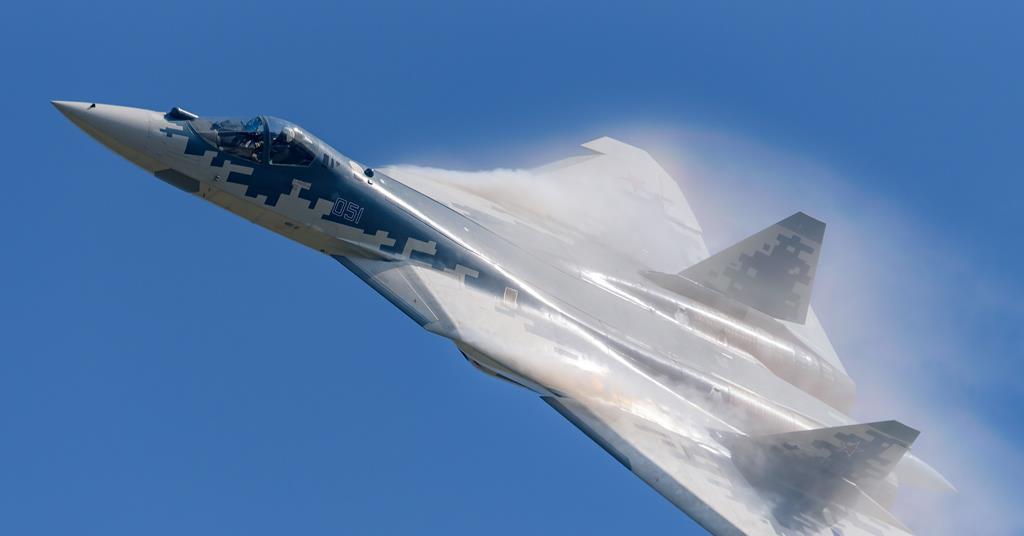On the B-2 we said: "We're so smart there is no way we will have the LO maintainability issues of the F-117".
On the F-22 we said: "We're so smart there is no way we will have the LO maintainability issues of the B-2".
On the F-35 we said....
Joe Reiman, Air Force Logistics Command.
In terms of man hours, expense, and complexity, the majority of LO maintenance issues come from the coatings used.
- Normal, non-LO aircraft maintenance
- Damage
- Degradation of coatings
For example, when the maintainers need to access a part inside the aircraft skin panels need to be removed, etc. To remove the panels LO coatings and sealers need to be scraped off carefully by hand. When the panel is put back on, the coatings need to be replaced, gap filler / sealer restored, and the signature verified.
An example of damage would be when a refueling boom scrapes the skin of the aircraft during tanking. The damage needs to be assessed, coatings removed and replaced, etc.
And then there is the degradation of the coatings. Sometimes the coating thins or comes off due to aerodynamic forces. Or moisture and UV combine to create voids or bubbles between the coating layers that are very difficult to detect.
Over time the issues with normal aircraft maintenance have improved. More recent LO aircraft are designed to be easier to access the inside. Fewer panels need to be removed, and panels may have seals that do not require extensive gap fillers, etc. to be applied.
The coatings remain a major problem. They are hazardous materials that are difficult to work with, something DoD would like to change. Removing them is a manual process on most parts of an aircraft. There is not a way to remove only some layers of the coatings, it is all or nothing. Removing just the top coat and magnetic RAM and not the deeper conductive layer is not feasible. There are not good, reliable ways to measure the degradation of the coating layers.
DoD has been working these problems for some time. For example, they tested using lasers to remove coating layers. This sort of worked, but also sort of set everything on fire.
It is certainly possible to develop a VLO aircraft that does not require the use of these coatings. Sacrifices would have to be made in other areas, though, which DoD is probably not willing to accept. Using some of these coatings is a direct result of using exotic or composite materials in the aircraft structure.


